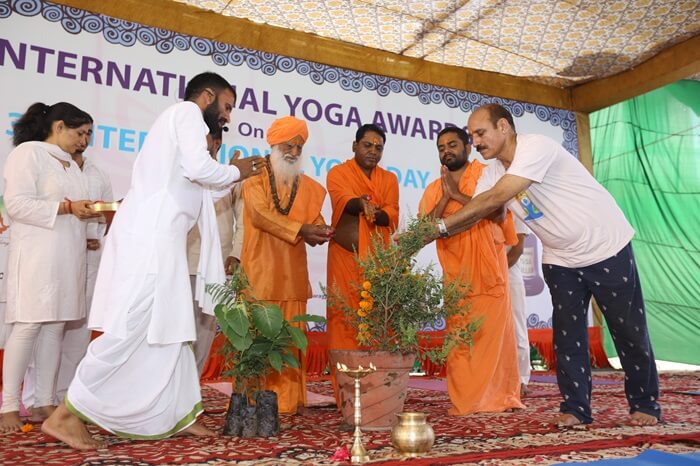Understanding the Impact of Gravity on Your Yoga Practice
You can’t blame gravity for falling in love, but you can certainly attribute some of your discomfort during yoga sessions to it. If this notion seems intriguing to you, you’re in the right place. While traditional practitioners might argue, it’s essential to acknowledge that practicing yoga involves working against gravitational forces. From walking past your favorite shop to weight lifting and lounging on your favorite couch, gravity influences almost every aspect of daily life. Learning how to manage yoga poses and their impacts can help you maximize the benefits of your practice.
Gravity: The Force That Shapes Your Yoga Practice
Here’s how gravity affects your yoga practice:
1. Muscle Contraction
When engaging in physical activities, your muscles undergo two primary types of contractions: Eccentric and Concentric. Eccentric contraction involves the elongation of muscles under strain, leading to deceleration of body parts. In contrast, concentric contraction occurs in a more positive environment, resulting in acceleration. Both types involve the Central Nervous System sending signals to myosin, a protein filament in your muscles. It’s crucial to understand the force exerted during a pose versus the resistance to fully benefit from your practice.
2. Muscle Proteins

Yogic poses strengthen and test your muscles at various levels. For instance, the Plank Pose (Kumbhakasana) involves eccentric contraction, where the force on your arms to hold the pose exceeds that of typical poses like leg raises. While the Plank Pose builds triceps strength, excessive eccentric contractions can lead to a significant loss of muscle proteins and result in Delayed Onset Muscle Soreness (DOMS). To avoid prolonged soreness, it’s advisable to perform these poses on alternate days.
3. Center of Gravity

Your center of gravity plays a critical role in movements, from running to shifting furniture and executing Warrior Pose. Leonardo Da Vinci first recognized this concept as Propulsive Force, later expanded by Thomas Graham Brown, who stated that the center of gravity moves forward and downward under gravitational force. In yoga poses like Vrksasana, slight adjustments, such as shifting your pelvic area, help balance your center of gravity. Failing to balance correctly can lead to additional strain on your muscles and spine, illustrating how gravity influences your practice.
4. Inversions and Blood Flow

There is a common misconception that inversions, such as Headstands or Handstands, increase blood flow to the brain. In reality, the brain has mechanisms to regulate blood flow, preventing damage from excessive pressure. However, inversions do benefit your facial skin and the circulatory system by challenging gravitational pull. While these poses can positively impact physical and emotional health, moderation is key to avoiding overstrain.
Embracing Aerial Yoga
Given the diverse effects of gravity on yoga poses, a new trend has emerged: Aerial Yoga. This practice involves using strings or hammocks to create a counter-gravity environment, allowing muscles to relax and joints to gain additional space, reducing friction.
For more information on yoga training and retreats in India, visit Rishikul Yogshala. Explore our programs:
- 200-hour Yoga Teacher Training in Kerala
- 300-hour Yoga Teacher Training in Kerala
- 500-hour Yoga Teacher Training in Kerala
- Ayurveda Retreat in Kerala
- Yoga Retreat in Kerala
Conclusion
Understanding how gravity affects your yoga practice can enhance your overall experience and effectiveness. By acknowledging the role of muscle contraction, protein dynamics, center of gravity, and the impacts of inversions, you can tailor your practice to better align with gravitational forces. Embrace the innovative approach of Aerial Yoga to further explore the interplay between gravity and your body. For more insights and training opportunities, visit Rishikul Yogshala and explore our range of yoga teacher training courses and retreats.















